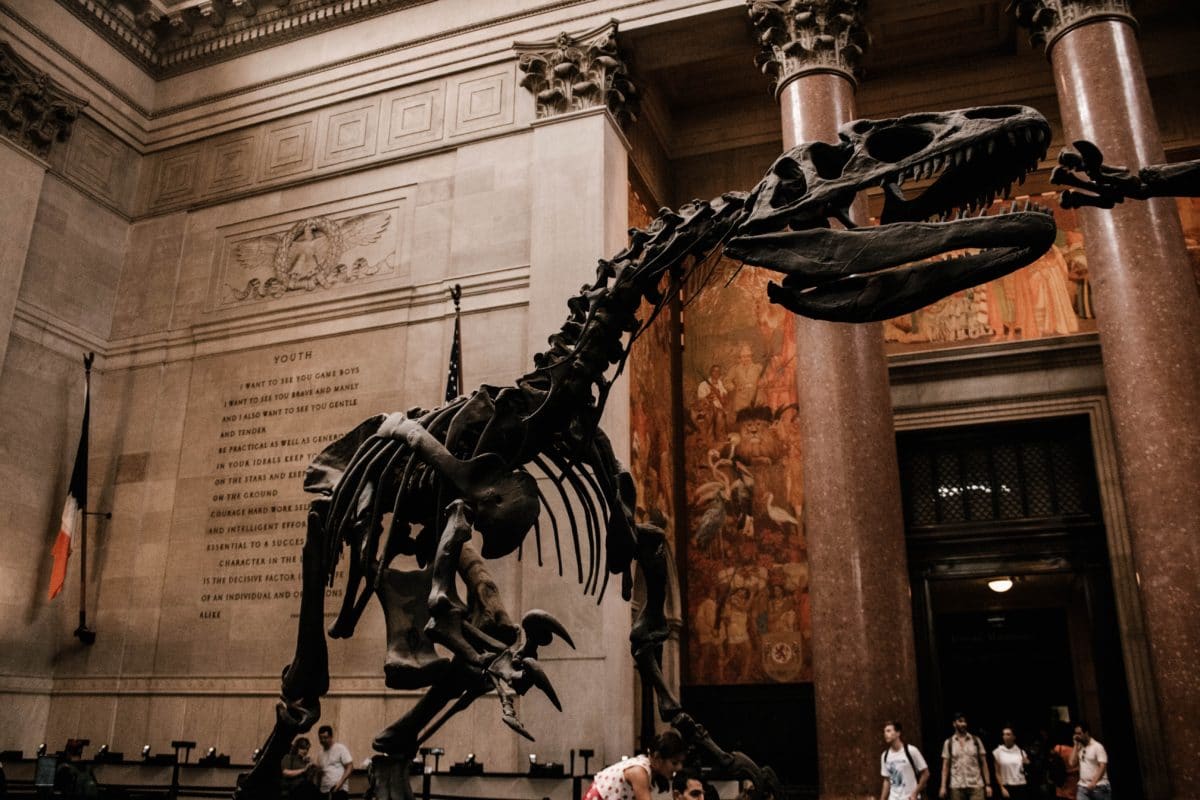Immersive technology is turning the future into the present by delivering experiences which weren’t even possible just a few years ago.
Today, augmented and virtual reality are exciting platforms for museums, heritage organisations and other cultural institutions to engage with their audiences in ways that can’t be replicated using traditional means.
The combination of immersive technology and creative storytelling enables museums to reach their biggest audiences and inspire lifelong curiosity about a variety of subjects.
When applying these technologies, museums must strive for positive visitor experiences – if they’re not integrated well, or fail to work in any way, visitors may decide that the wider exhibition/ museum isn’t for them because of their experience with digital aspects.
You can’t just use technologies without due thought or planning and expect a positive outcome, so how do we correctly use immersive tech to tell stories about collections and artefacts?
There has to be an assessment of the need first
The first step is to assess how your audiences are currently engaging with your collections.
- Are there certain exhibits or artefacts that aren’t getting enough attention?
- Why could this be?
- Why aren’t visitors attracted to these works?
- What is driving them away?
Once you have answered these questions, you can use these answers to set out your goal and objectives – identify what you’re aiming to achieve with storytelling, and who is your target audience.
Experimenting with technology and working out what works for your team.
There are a variety of technologies and platforms that can be used, but knowing what works for you, your team and your audience is key. Many online platforms are free to experiment with. This gives you the opportunity to test and try without the expense. Don’t be afraid to make mistakes and learn from them.
Here are a couple of examples of free or low cost software to give you a place to start:
Spark AR Studio & Snap Lens Studio
These are the development applications for creating augmented reality filters on Instagram and Snapchat. While these applications can seem complex and overwhelming to begin with, there are a lot of tutorials available on YouTube that range from beginner to advanced levels.
Here are a couple of examples of free or low cost software to give you a place to start:
Spark AR Studio & Snap Lens Studio
These are the development applications for creating augmented reality filters on Instagram and Snapchat. While these applications can seem complex and overwhelming to begin with, there are a lot of tutorials available on YouTube that range from beginner to advanced levels.
Tutorials | Getting Started with Spark AR by Spark AR Creators
Lens Studio Tutorials by Snap AR
3D Scanning with your phone
3D Scanning has become a really popular tool for all kinds of venues. 3D scanning is a process that analyses a real world object for example an exhibition room and collects data on the shape and appearance. Once scanned the data can be turned into a digital construct – A 3D model. Most modern phones will have some sort of 3D scanning capabilities by using the LIDAR or Time Of Flight cameras.
Most 3D scanning applications are built for iOS so it’s easier to get started if you own an iPhone or iPad.
You learn more about this topic here.
Everything has a story.
Stories use a range of techniques such as dialogue, setting description or even mood-setting music which can transport visitors into another world while they learn about artefacts in your collections.
For example: In an exhibit about Egypt, there could be a virtual reality experience that transports them into the world of ancient Cairo or a 3D scan of a burial chamber accompanied by tooltips that talks the process of preparing for the afterlife and the importance of each object within the burial chamber.
These method contextualize objects for digital audiences and allow them to explore collections in new ways.
Conclusion
By thinking about storytelling that’s complemented by technology, we can reimagine collections, telling old tales in new ways and finding opportunities to tell new stories.

